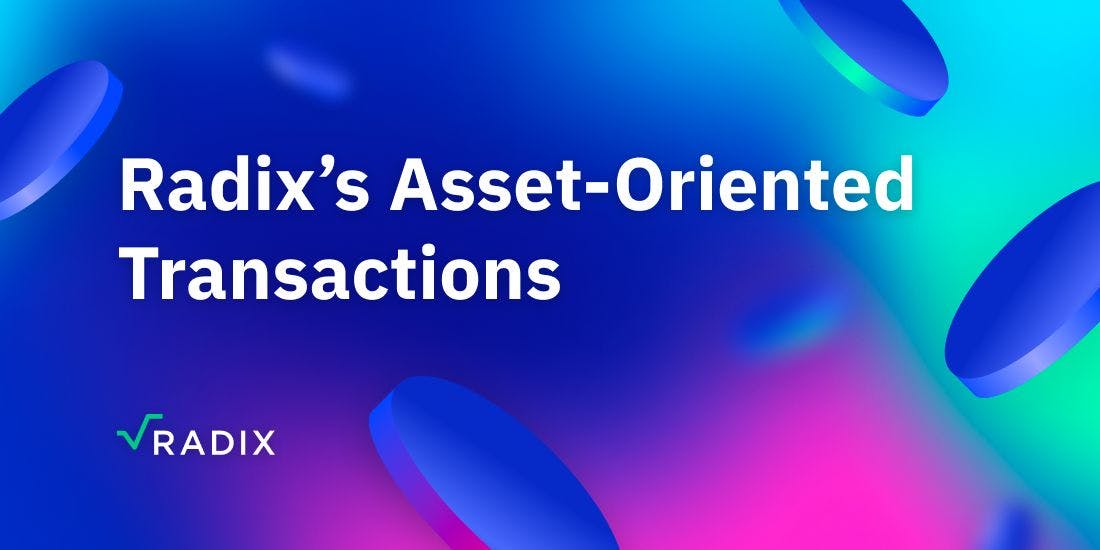Audio Presented by

Radix is a “Full Stack” layer 1 smart contract platform offering a radically better experience for users and developers.
About Author
Radix is a “Full Stack” layer 1 smart contract platform offering a radically better experience for users and developers.
